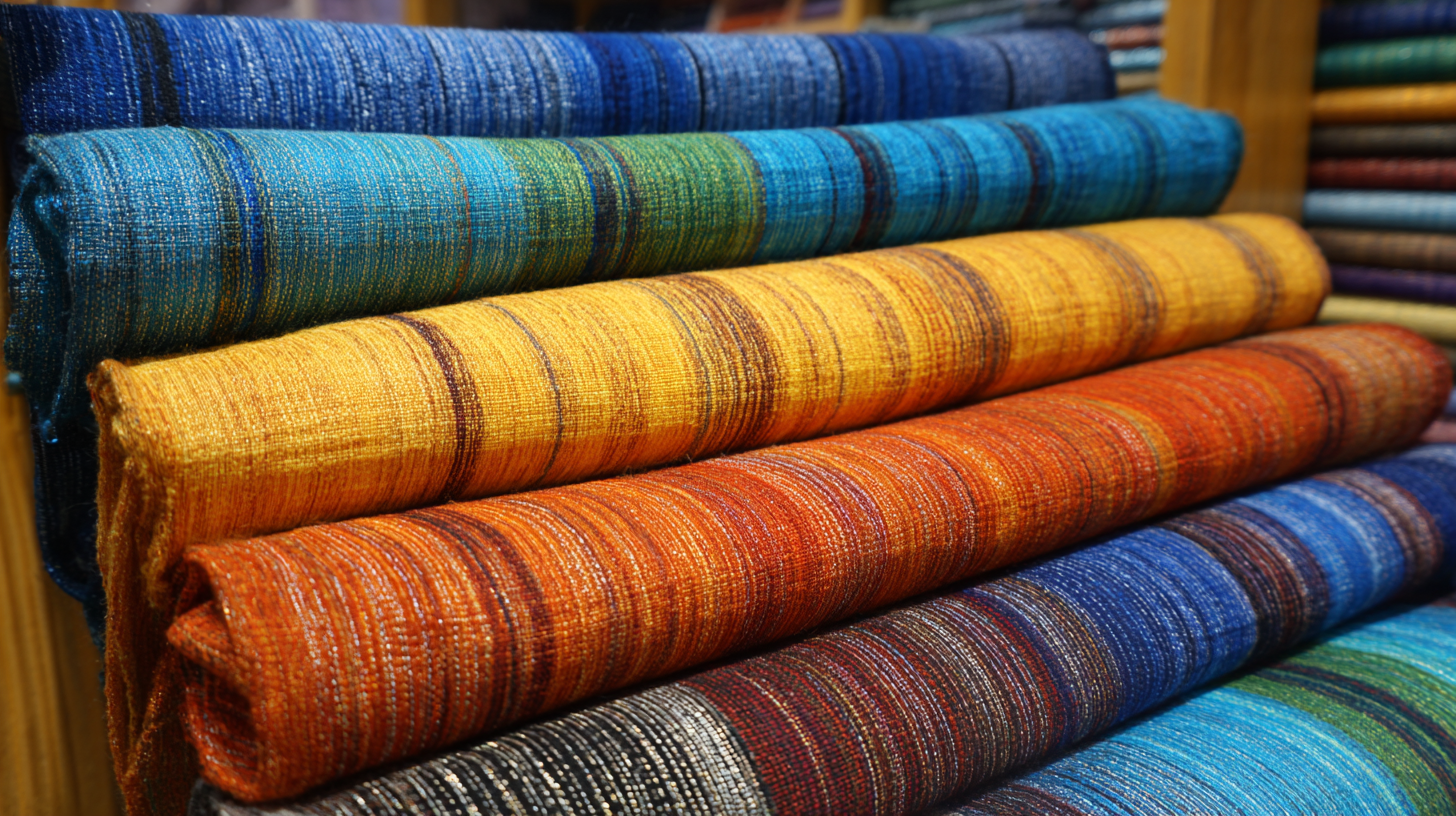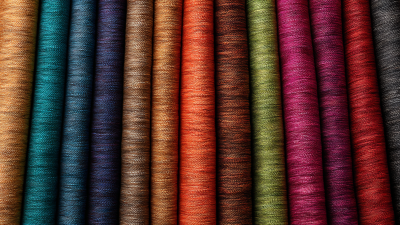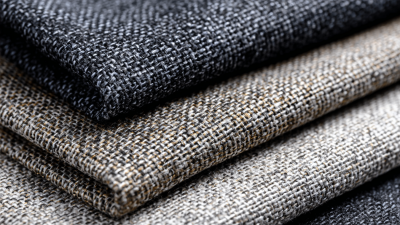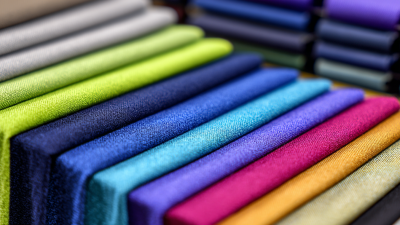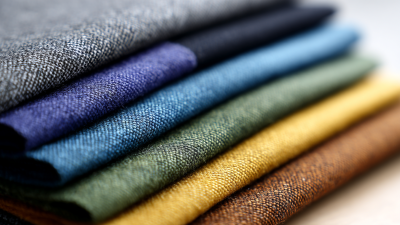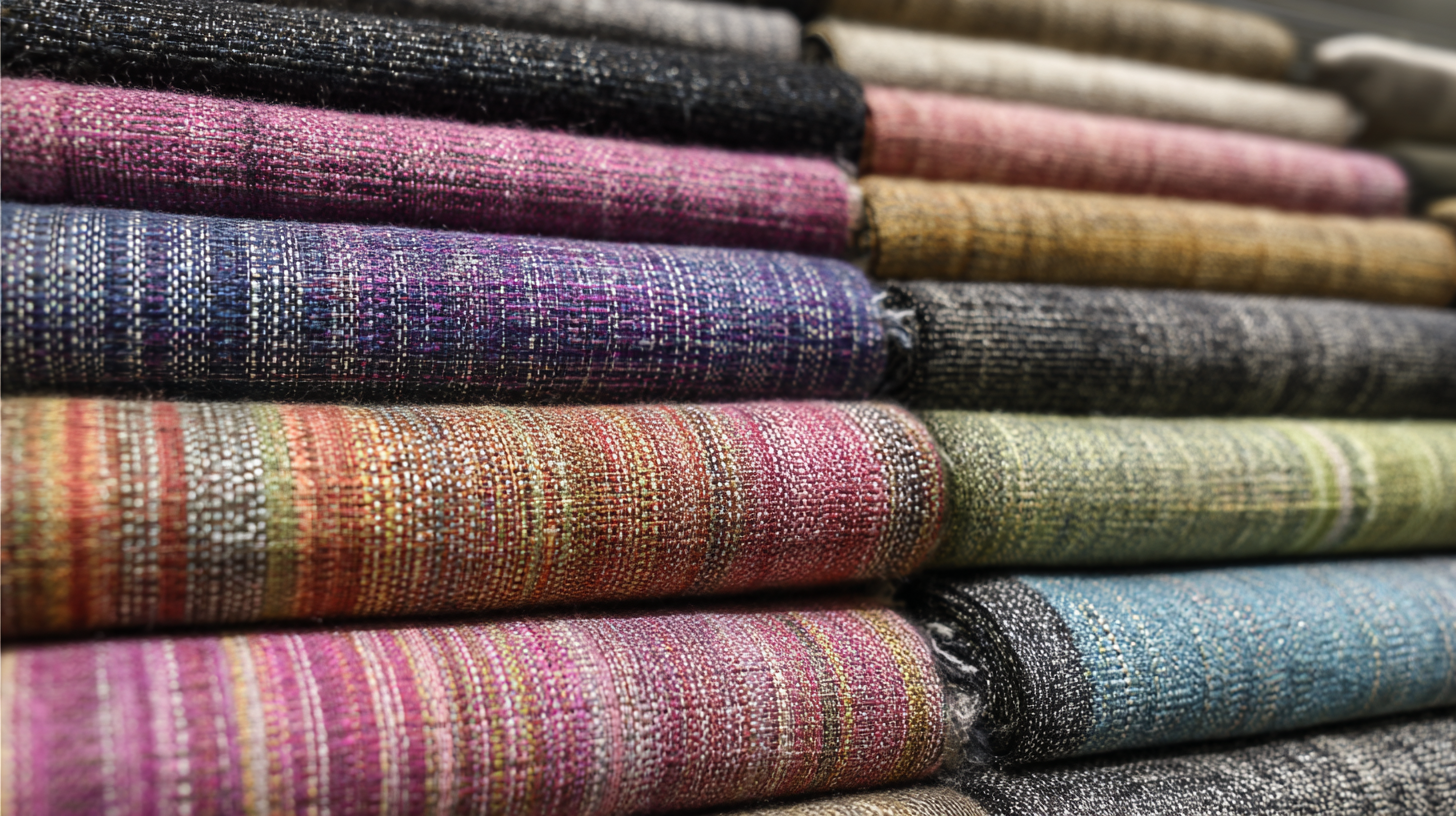 The textile industry is witnessing a significant transformation, particularly with the emergence of innovative materials like Space Dye Fabric. Recent analyses from market research firms project that the global market for space dyeing techniques will grow at a CAGR of approximately 5.6% through 2025, driven by the increasing consumer demand for unique and vivid color patterns. The upcoming 138th Canton Fair, one of the largest trade events in China, will showcase the latest advancements in space dyeing technology, presenting an opportunity for manufacturers to highlight their cutting-edge products. With features like colorfastness and versatility, Space Dye Fabric is set to redefine fashion and interior design trends. As sustainability continues to be a focal point within the textile realm, the ability of space dyeing to utilize eco-friendly processes is gaining attention, making it not just a trend but a fundamental shift towards more responsible fabric production. This event will undoubtedly provide valuable insights into the future of Space Dye Fabric in the industry.
The textile industry is witnessing a significant transformation, particularly with the emergence of innovative materials like Space Dye Fabric. Recent analyses from market research firms project that the global market for space dyeing techniques will grow at a CAGR of approximately 5.6% through 2025, driven by the increasing consumer demand for unique and vivid color patterns. The upcoming 138th Canton Fair, one of the largest trade events in China, will showcase the latest advancements in space dyeing technology, presenting an opportunity for manufacturers to highlight their cutting-edge products. With features like colorfastness and versatility, Space Dye Fabric is set to redefine fashion and interior design trends. As sustainability continues to be a focal point within the textile realm, the ability of space dyeing to utilize eco-friendly processes is gaining attention, making it not just a trend but a fundamental shift towards more responsible fabric production. This event will undoubtedly provide valuable insights into the future of Space Dye Fabric in the industry.
The 138th Canton Fair in 2025 showcased remarkable advancements in space dye fabric techniques, highlighting an industry eager to innovate. Emerging innovations focus on eco-friendly dyeing processes that minimize water usage and chemical runoff. Companies are increasingly utilizing digital printing combined with traditional dyeing methods to achieve intricate patterns and unique color gradients. This shift not only enhances the aesthetic appeal but also aligns with global sustainability goals, meeting the growing demand for environmentally conscious textiles.
Moreover, the integration of technology in space dyeing is revolutionizing production efficiency and customization. Automated dyeing machines equipped with artificial intelligence are enabling manufacturers to create bespoke designs that cater to individual consumer preferences. Real-time data analytics allow for precise color matching and quality control, reducing waste and ensuring consistency across products. As the trend toward personalization in fashion grows, these innovative techniques are positioning space dye fabrics as a staple in the industry, promising a vibrant future for both manufacturers and consumers alike.
At the 138th Canton Fair in 2025, the spotlight is set to shine on sustainable practices in the production of space dye fabrics. As the fashion and textile industry increasingly prioritizes environmental responsibility, innovative techniques in dyeing processes take center stage. Space dyeing, known for its vibrant and multi-colored patterns, is evolving to incorporate eco-friendly materials and methods, reducing waste and harmful chemical usage. Manufacturers are now exploring natural dyes and waterless dyeing technologies, aligning production with green standards and appealing to conscious consumers.
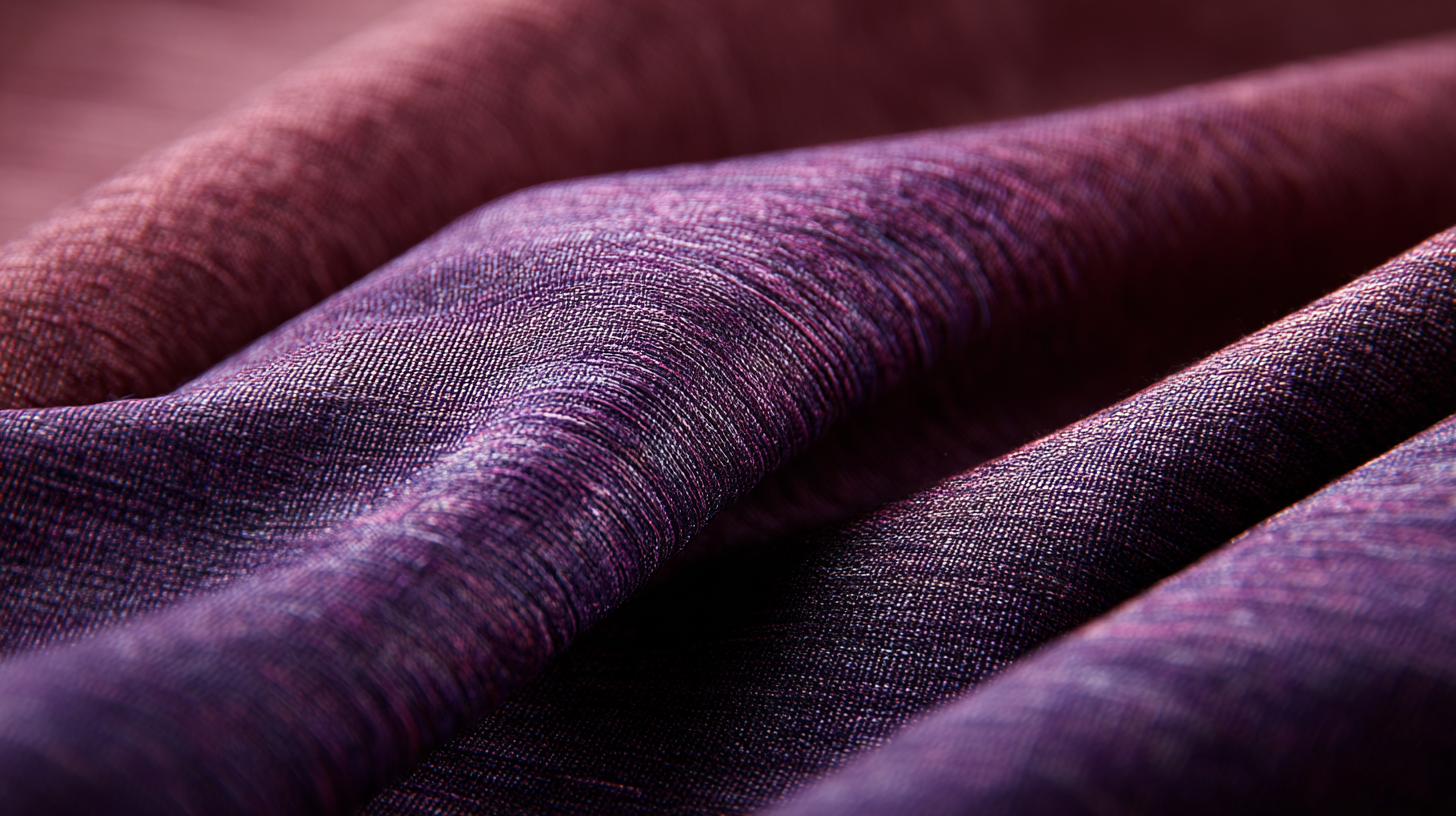
Tips for manufacturers looking to enhance sustainability include investing in biodegradable dyes and sustainable fibers, which minimize environmental impact. Additionally, collaborating with suppliers who prioritize eco-friendliness can create a more comprehensive supply chain commitment to sustainability. Brands should also consider integrating recycling programs for returned fabrics, further reducing their carbon footprint while fostering a circular economy within the industry.
Attendees at the Canton Fair can expect to see firsthand examples of these practices, showcasing a commitment to harmonizing aesthetic appeal with ecological integrity. Furthermore, engaging in discussions about the future of textile sustainability will provide valuable insights into industry forecasts, preparing businesses for more responsible production methodologies in the coming years.
The demand for space dye fabrics in the Chinese textile sector is experiencing a notable surge, driven by evolving consumer preferences and technological advancements. As the market increasingly leans towards unique and customizable textile options, space dyeing emerges as a preferred choice, offering dynamic patterns and vibrant colors. The 138th Canton Fair in 2025 highlighted this trend, showcasing innovative designs and sustainable materials that captivated both manufacturers and buyers alike.
Additionally, as environmental consciousness rises among consumers, there is a growing demand for eco-friendly fabrics. Many producers are adapting their processes to incorporate sustainable practices, which not only meet regulatory requirements but also appeal to a market that cherishes transparency and ethical production. This integration of sustainability into space dye fabric production is expected to redefine market dynamics, propelling demand further in various segments, including apparel, home textiles, and sportswear. As such, the forecast indicates a robust growth trajectory for space dye fabrics within the Chinese textile industry, characterized by increased investment in technology and a focus on consumer-centric designs.
The 138th Canton Fair 2025 is set to showcase the latest innovations in space dye fabric, reflecting an evolution influenced by consumer preferences. According to a report by Textile World, the demand for unique and vibrant color patterns has surged by 35% over the past two years. This trend highlights a shift towards personalization, as consumers increasingly seek distinctive fabrics that express individuality and style. Additionally, sustainable practices have become paramount, with 60% of buyers prioritizing eco-friendly materials, driving manufacturers to innovate in dyeing techniques that reduce environmental impact.
Tips for designers: When creating space dye fabric, consider incorporating biodegradable materials and water-saving dye methods to appeal to the eco-conscious consumer. Additionally, exploring diverse color palettes can help capture the attention of a wider audience.
As consumer preferences continue to shape the industry, the future of space dye fabric holds promising opportunities for creativity and sustainability. Market analysis from Grand View Research indicates a projected growth rate of 8.4% for specialty fabrics, underscoring the lucrative prospects for those who adapt to these emerging trends. By aligning designs with consumer demands, brands can ensure relevance and success in this competitive landscape.
The 138th Canton Fair in 2025 showcased a remarkable evolution in space dye fabrics, indicating a paradigm shift in textile manufacturing and design. As global markets increasingly embrace sustainable practices, space dye fabrics have emerged as a frontrunner in eco-friendly textile options. Innovations in dyeing techniques and the use of natural fibers have positioned these fabrics as not only visually striking but also environmentally responsible. This trend aligns with consumer demand for products that reflect both style and sustainability, presenting significant growth opportunities in international markets.
Industry forecasts suggest that the popularity of space dye fabrics will continue to rise, particularly in the apparel and home textiles segments. As brands prioritize uniqueness and personalization, space dyeing offers an array of color blends and patterns that cater to diverse consumer preferences. Markets in North America and Europe are expected to lead in adoption, driven by increasing investments in innovative textile technologies. Furthermore, collaborations between designers and manufacturers are likely to fuel creative advancements, paving the way for space dye fabrics to become a staple in modern fashion and interior design.
